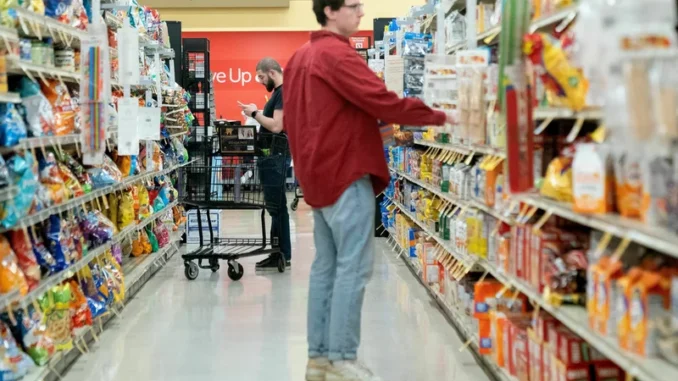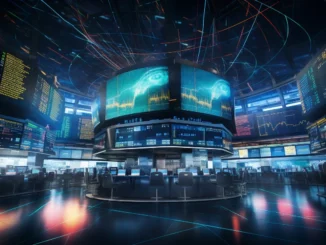
An unexpected spending spree by U.S. shoppers seems to have calmed.
Retail spending declined 0.4% in February compared to January, the Commerce Department said on Wednesday. That’s after a surprise start-of-the-year shopping spree that contradicted the Federal Reserve’s goal of cooling down the economy to fight high prices.
People spent about 2% less on cars and parts, and 2.2% less at restaurants and bars, the latest report on retail sales showed. People bought less furniture, fewer clothes as well as home-improvement and gardening supplies. Spending at department stores dipped 4%.
Inflation has been moderating since peaking last summer, but consumer prices in February were still 6% higher than a year ago, data showed this week. People have been shifting more of their budgets toward activities and outings, where prices continue to rise.
In February, people spent 0.6% more at grocery stores and 1.6% more on online shopping. And overall, retail spending remained 5.4% higher than it was a year before, in February 2022.
“It’s very clear that consumers were resilient throughout last year, were able to spend at a healthy clip and so far have kicked off this year in a similar way,” said Michelle Meyer, North America chief economist at the Mastercard Economics Institute.
The new report of a cool-off in retail sales may be good news for the Fed, which is weighing mixed messages from the economy.
The central bank had been expected to continue raising interest rates at its meeting next week, but the recent collapse of two tech-focused banks could alter the Fed’s thinking as policymakers shift their focus to stabilizing the banking system.
Why spending has been strong
Prices in February grew 0.4% compared to January, which has weighed on shoppers. Plus, February spending is being compared to January, when U.S. retirees received the biggest cost-of-living adjustment in four decades.
Weather may have played a role, too. Many parts of the country were particularly cold and rainy, which tends to discourage outings, after warmer January weather got more people out and about.
Also, more of the spending is happening on borrowed money: Credit card debt — which slowed dramatically during pandemic lockdowns — is now rising at one of the fastest rates in history.
Still, a key driver of spending has been low unemployment — it’s near the lowest level in more than 50 years, at 3.6%. And the tight labor market pushes up pay. In February, wages were 4.6% higher than a year before.
All this — people going out to eat and shop, strong hiring, bigger paychecks — can feel like good news. But in the interconnected cycle that is the nation’s economy, it can also contribute to inflation, for example if companies raise prices to offset higher labor costs, and workers use extra pay for extra spending despite higher prices.
“As long as there are jobs for everybody, consumers will feel like they can do it,” said Eugenio Alemán, chief economist at Raymond James. “As long as they continue to remain confident that they have a job … or even if they lose their job, they can get a new job — then they will continue to engage in the economy.”
A messy task of cooling inflation
Wednesday’s retail data will add to the Federal Reserve’s tricky task: to raise interest rates enough to curb corporate and personal spending, but not too much that they trigger a recession.
The Fed wants the inflation rate down to 2%. Despite several interest-rate hikes, the U.S. job market remains unusually hot. Wage growth did slow last month, and more than 400,000 people came off the sidelines to enter the workforce, which could reduce inflationary pressure.
Consumer spending remains a central pillar of the U.S. economy. Large store chains have been reporting shoppers as cutting back big-ticket purchases, which Home Depot and others blamed on a shift away from goods toward travel and activities.
People paying more for food and essentials has been a boon for big-box stores like Walmart. Target and Kohl’s have said people are splurging at beauty counters, which has helped them offset loss of interest in other departments. Best Buy, meanwhile, forecast that after a few intense years of sales, 2023 will be the worst year yet for sales of computers and other consumer electronics.
Source: www.npr.org



